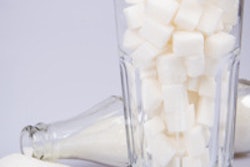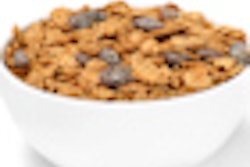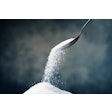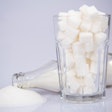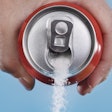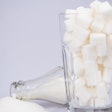A study conducted in four American Indian communities in the Pacific Northwest shows that eliminating sugary drinks from the diets of the youngest members of the tribe significantly decreased tooth decay.
The results of the dental portion of the Toddler Overweight and Tooth Decay Prevention Study (TOTS) targeted American Indians from birth to 30 months of age (Ethnicity & Disease, Autumn 2010, Vol. 20:4, p. 444).
The arrival of Europeans brought diseases such as measles, influenza, and smallpox to the Americas. Less well known is that Europeans also brought premature tooth decay to American Indians by introducing sugar and sugared foods, the study authors noted.
Before the adoption of European food patterns, tooth decay was mostly a disease of old age in the New World. With the addition of sugar to the American Indian diet, tooth decay became a disease that begins early in life. Today, American Indians of all ages, many without adequate or timely access to dental care, are severely affected by tooth decay.
To implement TOTS, the researchers worked closely with tribal councils. In three of the four communities, good-tasting water was made readily available in water fountains and inexpensive, refillable gallon jugs. Sugared soda was removed from tribal stores, and substitution of water for soda was actively encouraged through community outreach programs. Families received food counseling and breast-feeding support through tribal community health workers.
"After the successful switch to water, we compared the rate of tooth decay in children born in these three communities over the next 30 months with those born in a fourth community, where the young children had not benefited from the community interventions. We found a decrease of between 30% and 63% in early-stage, potentially reversible tooth decay. For more advanced tooth decay the impact was smaller but nevertheless substantial. Children in intervention communities had 34% to 44% fewer cavities than those in the comparison community," said lead author Gerardo Maupomé, BDS, MSc, PhD, a professor of preventive and community dentistry at the Indiana University School of Dentistry.
Because the researchers were looking at rate of decay within each community, whether or not the water was fluoridated did not impact the results of the study.
"These Pacific Northwest tribes consider water a sacred drink so tribal elders liked the idea of regaining American Indian values -- it was a culturally attractive choice. Baby bottles and sippy cups filled with sweetened drinks were not uncommon on the reservations prior to the study. If water isn't appealing and you don't have a lot of money, and you don't have access to fresh fruits and vegetables but soda is easy to find and cheap, you are likely to give your child soda and other junk food," said Dr. Maupomé, a health services researcher.
The study was funded by the Native American Research Centers for Health and the National Institute of Dental and Craniofacial Research.
Copyright © 2011 DrBicuspid.com




